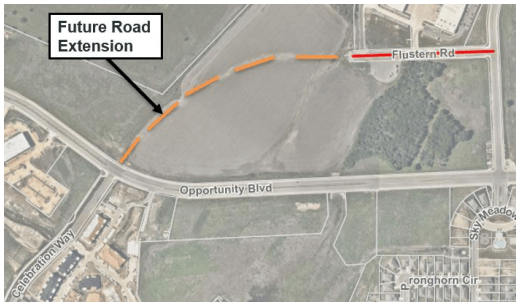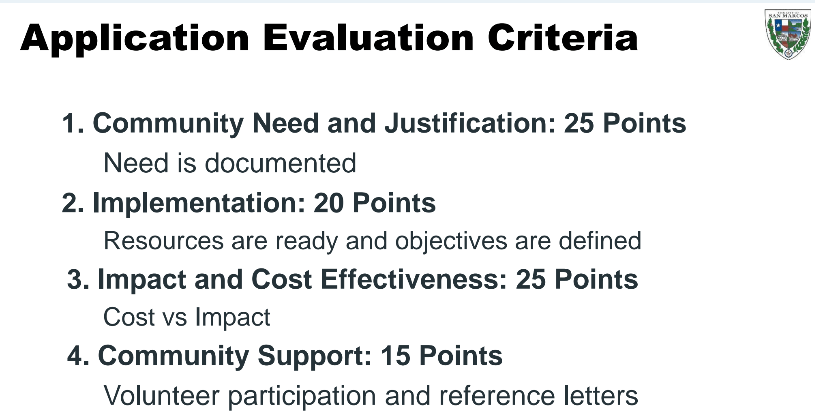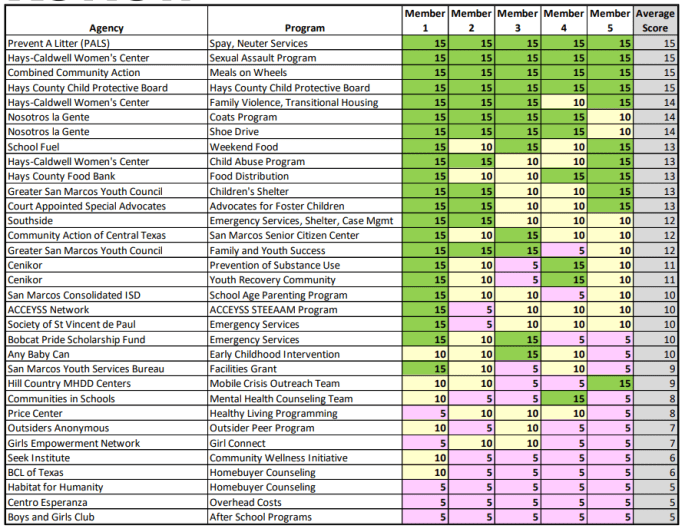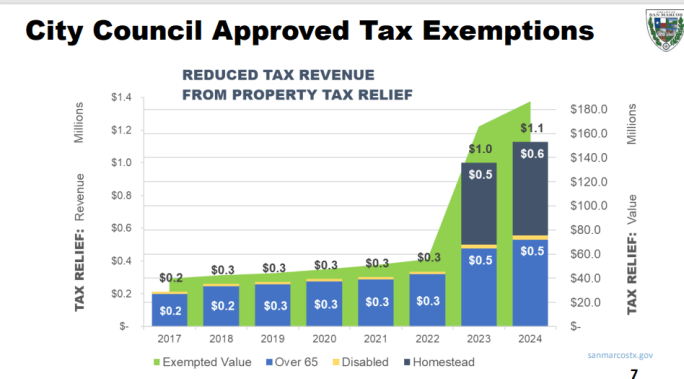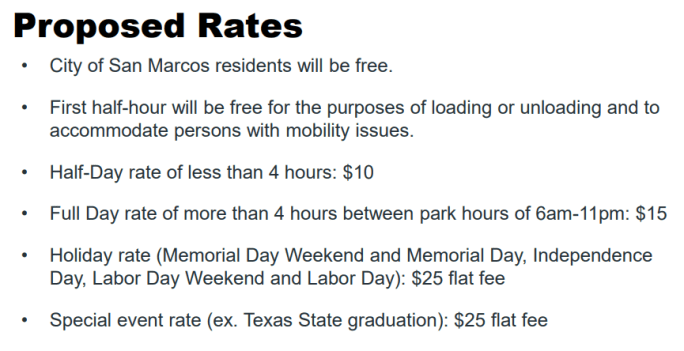Item 4: ”Citizen Comment” vs. “Community Perspectives”
Shane pulled this item from the Consent Agenda.
Backstory
Mayor Hughson decided to clean up the city ordinances on committee meetings. She flagged a bunch of things that were inconsistent or unclear. One thing she noticed is that “Citizen Comment” is a terrible phrase, because you don’t actually have to be a citizen in order to comment. It sends a bad message.
We’ve discussed this here and here. Jane suggested “Community Perspectives” and in the past two months, no one ever protested it.
Here we go:
Shane says that he doesn’t like “Community Perspectives” because it implies that each speaker represents the entire community, instead of their own individual opinion.
Look, clearly “Community Perspectives” is a bit dippy. It sounds like a church bulletin board. But Shane’s complaint is also silly. No one is going to think that some rando speaker is supposed to represent everyone in town. It’s not “Community Spokesperson.”
Jane, wearily: We’ve talked about this on a bunch of occasions.
Shane: I’ll just vote against it.
Jane: The entire list of all the changes?!
Shane: No, just this one.
Jane: You can’t just vote against one.
Shane: Oh right.
So Shane makes a motion: Keep it “Citizen Comment” after all. Alyssa seconds it.
Saul: I’m fine the way it is. Citizen Comment.
Matthew: I don’t care either way.
Jane: Honestly, I was concerned about changing it, because it’s been called “Citizen Comment” for years. Everyone is used to that. But I just don’t want anyone to feel excluded.
Alyssa: I appreciate that. But maybe we can just say something on the website.
Mark: I’m on the fence. Everyone knows it as Citizen Comment.
The vote to amend:
Keep calling it Citizen Comment: All seven councilmembers
Change to Community Perspectives: no one.
On a scale of 1-10 of importance, this is maybe a 2. Nevertheless, they got it wrong! “Citizen Comment” is bad because “citizen” is exclusive. Jane is exactly right here.
Off the top of my head, they could have gone with:
– Community Comment
– Open Comment
– Civic Comment
– Citizens-and-Not-Citizens Comment (okay, now I’m getting punchy)
I know they’re worried that changing the name would up-end years of familiarity. But that’s tunnel vision from being in the center of the action for too long. Most of San Marcos is not paying any attention to City Council at all! Those who know the phrase “Citizen Comment” are not emotionally attached to it. You can switch to “Open Comment” and we’ll all be okay.
They didn’t want to go with “Public Comment” because it sounds very similar to “Public Hearing,” which is a specific different thing.
Oh well!
The vote on all the little changes that Jane proposed:
Yes: Everyone.
No: No one.
….
Item 21: Gary Softball Sports Complex is getting renovated.
We’re spending $1,238,000.22 on the following:
- Roadway, drainage, parking, water/wastewater improvements.
- Parts of the fields are 20+ years old
There were no slides or pictures for me to nab for you.
….
Item 23: Human Services Advisory Board (HSAB) Funding Policy
We’re going to spend some time on this item, because it drove me batty.
Backstory
Earlier in December, we allocated $650K in grant money to local nonprofits. There were 34 applications. Each nonprofit got between $5K and $34K, except for the Hays-Caldwell Women’s Shelter and the Hays County Food Bank, which got $50K and $80K respectively.
I griped last time that Council makes these nonprofits jump through a lot of hoops, while we just hand out other money seamlessly and invisibly.
Guys. guys. We are about to get SO MUCH MORE micromanaging of this whole mess. We are going to nitpick this thing to death.
The current issue
Recall that the HSAB committee assigned points according to this rubric:


Jane is mad about Council Priorities being neglected. It’s only 15 points! Nevermind that people with nonprofit experience developed priorities 1-4, and that Council Priorities are somewhat redundant.
Here are the things that Jane’s mad about:
- It’s not punitive enough if performance reports are late.
- The Council priorities should add up to 25 or more points!
- We want to know where the board members live. Do they live in San Marcos? Do they live in Kyle? In Austin?
- They should spell out all acronyms. No unclear abbreviations. (I acknowledge this one. They really should.)
Complaint #1: Those Pesky Performance Reports:
Because last year was so weird, the money wasn’t approved until March. So the whole calendar was up-ended. The nonprofits were supposed to turn in mid-year reports when they re-applied for new funding in August. One nonprofit was late by one day, due to turnover in staffing. One other nonprofit was later, but ended up withdrawing altogether.
So there is not really a problem here: nearly everyone turned in their mid-year reports on time. Final reports will be due at the end of January.
First off, everyone seemed really confused about the calendar. It is legitimately confusing, because it was never spelled out clearly up front.
Here’s the normal situation:
A funding cycle is three years:
Year A: You apply and get your money. (Applications are due in August, money awarded in December.)
Year B: You spend your money. (It’s a calendar year, Jan-December)
Year C: You turn in your final report. (It’s due by January 31st)
If you are re-applying for funding, you’d apply again in Year B. So your final report from the previous cycle isn’t available yet, because you’re still spending that money.
Jane is acting like it’s a two year cycle, and that it’s just incompetence that keeps nonprofits from having their final report on time. The staff member gently tried to explain, but Jane kept misinterpreting the explanation. (Jane kept acting like the issue was nonprofits that skipped an application cycle, and she’s say things like “If they didn’t apply for a year, then they should just turn in the most recent report.”)
Alyssa: Working for a nonprofit, you are constantly dealing with so many grants, and this is a small amount of money. These are good people, overworked on a shoestring budget, and we’re offering them 50¢. Can’t we have just have grace for our neighbors? Let them work it out on a case-by-case basis with staff?
I’m going to skip about 20 minutes of haggling between councilmembers, but suffice it to say: No. We cannot have grace for our neighbors. Matthew Mendoza is the biggest hard-ass of all, harping on how everything needs to be promptly on time, no exceptions.
Jane: How about this: the report is due in August. We’ll accept late reports, as long as the final report is in before the committee needs to consider applications.
The staff member tries to explain again: this year, only half-year reports were due Oct 15th. The Board considers applications in November. So the nonprofits really can’t get final reports in by decision time. They can submit final reports eventually though.
Jane: We’re going to need to see the final report!
Answer: The final reports are due January 31st. So they could easily submit that for the following cycle, in August?
Jane: Yes. Have them print it out again.Thank you.
Bottom line: if you’re funded in Year A, you’ll submit that report two years later, when you re-apply for funding August of Year C. No one could possibly be late with their final report, because it was due seven months earlier, in January.
Alyssa, “This is really insulting, because it’s not actually a problem. Bigger granting agencies handle extenuating circumstances with grace all the time. We’re the ones treating nonprofits like they can’t handle being professional.”
Alyssa is right. The whole tone of this conversation is that nonprofits are naughty wayward children, and if they carry on, they shan’t have any figgy pudding.

Such naughty, naughty non-profits.
Complaint #2: Council priorities should add up to more points!

We’re talking about this slide again. Jane suggests that the points allocated should be:
2 years San Marcos Service (5 points 10 points)
Office in San Marcos (5 points 10 points)
Funding creates increase in service (5 points)
Everyone nods compliantly.
Alyssa: What’s the rationale behind increasing the first two and leaving the third the same?
Jane: No reason! We could do 10/10/10, make it 30 total!
This is exactly how haphazard this all is. She’s not actually making a claim about the relative merits of the bullet points. Council just felt neglected, since their priorities were only worth 15 points. (I think they settled on 10/10/10.)
Complaints #s…: Other Things
- Jane would like to know which cities the board members live in. She doesn’t need to know their address, but she is interested to know if they live in San Marcos, or Kyle, or Austin, or what.
- Jane wants to require them to spell out acronyms. (One application didn’t.)
No one objects to these two criterion, although I assume Alyssa rolled her eyes. I mean, it’s good manners to spell out your acronyms, but I wouldn’t make it a rule.
Matthew: Can we ask them what percentage this grant is of their total budget?
Answer: We already know this, based on the information provided.
Jane: Could they could have a coversheet that divided the applications, with the organization’s name and their San Marcos address with their requested amount?
Answer: no problem.
(I actually find this one quite reasonable. It’s just about improving the readability of the applications. And staff can implement this without inconveniencing the nonprofits.)
Jane: Will Council be able to review and vote on the final draft of the application and rules?
Answer: No problem.
Alyssa has one final comment. “Can we see this level of accountability and reports when we talk about the police department, or the fire department, or public works? We give the police $322 per resident. We give the fire department $218 per resident. And we give public works $141 per resident. Yet we are wasting all of this time over the HSAB board, which works out to… $7 per resident. Can we carry this energy when we talk about budgets in general?”
Jane responds: That’s different. Those are all city departments with department heads that report to us.
Let’s analyze this last bit. Who gets micromanaged, and who doesn’t?
- It is true that micromanaging city departments is different than micromanaging contracts and grants to external groups.
- However, all of those departments have many external contracts that run between $5K and $35K, and those contracts do not get scrutinized by council. We just trust the department.
In fact, immediately before this item, we approved a contract for $1 million, for improvements at Gary Softball Complex. We did not check whether the contractor was a local company. (They are not local.) We did not ask the private company to explain what all the acronyms meant! We did not second-guess how council priorities were weighted in the selection criteria. We just voted yes, because we trusted the city staff that recommended the construction agency.
Furthermore, there are at least two Very Special Nonprofits that the city negotiates with directly.
1. The Greater San Marcos Partnership, or GSMP.
Back in 2021, we signed a three year contract with them for $400,000 each year. They get $1.2 million dollars! Isn’t that something.
GSMP has to submit a yearly report card. The last – and only! – time they gave an update to City Council was back in May 2022. I can’t find any yearly report cards on on the San Marcos website, so transparency is nonexistent there. From the GSMP website, here’s their yearly report from 2022. It reads more like a promotional brochure than a detailed report, though. Is that the same as a yearly report card? I have no idea!
Things no one on Council cared about:
- Where the board members live. Do the GSMP board members live in Wimberly? In Austin? Who knows. Because no one cares.
- The exact date that the report was submitted, or whether yearly reports are happening at all. City Council has not hyperventilated about this yet.
- Whether all the acronyms were spelled out precisely. In fact, there are a lot of abbreviations!
- What percent the San Marcos money is of their total budgets.
What a funny thing, right? (I actually wrote about the contract with GSMP here, but I was a newbie blogger and was still trying to get the hang of it.)
2. San Marcos Chamber of Commerce
We give the Chamber of Commerce $28K/year. They get two automatic yearly renewals. We got some details because we gave them more money this past fall, reallocated from Covid money.
There has not been any discussion that I can see about this money since a work session in 2020. I did not watch the work session, but the powerpoint slides are very vague and uninformative.
Here’s the thing: I don’t think we should micromanage GSMP or Chamber of Commerce, either! We could have a philosophical conversation about how they benefit the community, but I think they basically do what they say they’re doing. (I’m not opposed to the idea supporting small, locally owned businesses. We can quibble about dollar amounts some other time.)
The point is that we treat these groups like professional adults. If they’re late, we pick up the phone and give them a call. If there’s a confusing acronym, we shoot them an email. We don’t act like a grumpy school principal who posts an additional rule on the bulletin board every time someone misbehaves.
Finally: it helps small locally-owned businesses if we lift people out of poverty. Middle class people can eat out downtown more than poor people can! Supporting the most vulnerable members of our community is actually best for everyone.
…
Item 24: Should we postpone VisionSMTX?
Right now, VisionSMTX is supposed to come around on January 16th for a final vote. In the meantime, a subcommittee had been meeting, and they’re recommending that we do more community outreach.
There’s a brief discussion, and Jane checks with everyone informally. It’s really hard to hear who is a “yes” and who is a “no”, but I think this is how it goes:
Check-in on January 16th, but not the final vote: Everyone except Matthew Mendoza
Final vote should be Jan 16th: Matthew Mendoza
I’m not sure what Matthew is hung up on. He clearly has some strong opinions about this process, but didn’t quite say what’s bugging him.





